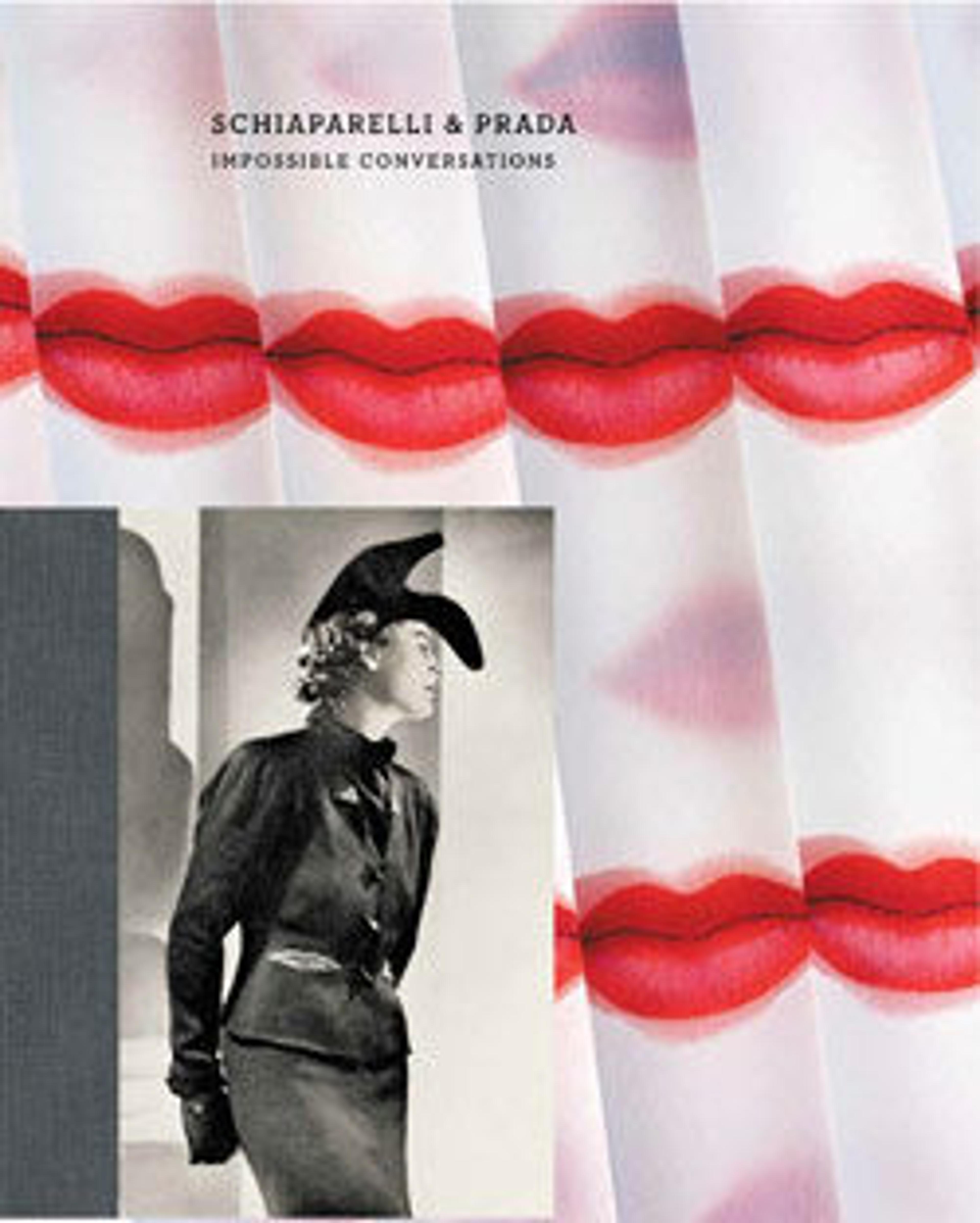Evening dress
The butterfly was the Surrealist symbol for change, particularly the change from ugly to beautiful. As the unlovely caterpillar morphs into the brilliant colorful butterfly, so Schiaparelli's designs could transform the ordinary into the extraordinary. Many of her clients were women who did not possess the accepted standard of beauty, but rather a more striking sort of chic, such as the Duchess of Windsor and Millicent Rogers, and Schiaparelli's artistic designs were perfectly suited to assist in developing their particular versions of style and beauty. This evening dress design from the summer 1937 collection features a lively butterfly print, most likely made exclusively for Schiaparelli that expresses the wide array of types and colorations of butterflies and was inspired by Surrealist artists such as Salvador Dalí, Max Ernst and Man Ray. Schiaparelli shared many Surrealist views with these artists and often used her designs as a means to express these views. Besides the act of using the Surrealist symbol for change as the subject of the print, using an insect as decoration for evening wear, an unexpected choice in itself, is also surrealist-inspired. The neckline treatment is an example of Schiaparelli's playful yet sculptural design sense and assists in giving the dress its compelling visual appeal. Schiaparelli featured the butterfly print on other pieces in her summer collection as well, including parasols (see 2009.300.1224), silk evening dresses (such as this) and her new waltz-length evening dresses.
Artwork Details
- Title:Evening dress
- Design House:Schiaparelli (French, founded 1927)
- Designer:Elsa Schiaparelli (Italian, 1890–1973)
- Date:summer 1937
- Culture:French
- Medium:silk
- Credit Line:Brooklyn Museum Costume Collection at The Metropolitan Museum of Art, Gift of the Brooklyn Museum, 2009; Gift of Mrs. Edward G. Sparrow, 1969
- Object Number:2009.300.1347a, b
- Curatorial Department: The Costume Institute
More Artwork
Research Resources
The Met provides unparalleled resources for research and welcomes an international community of students and scholars. The Met's Open Access API is where creators and researchers can connect to the The Met collection. Open Access data and public domain images are available for unrestricted commercial and noncommercial use without permission or fee.
To request images under copyright and other restrictions, please use this Image Request form.
Feedback
We continue to research and examine historical and cultural context for objects in The Met collection. If you have comments or questions about this object record, please contact us using the form below. The Museum looks forward to receiving your comments.
